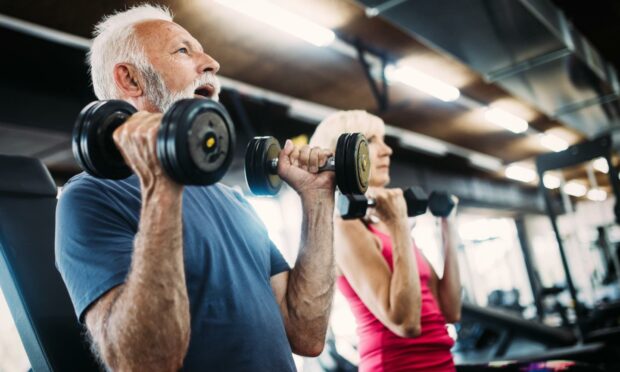Lifting weights in later life could be key to reversing some of the signs of old age, Scottish researchers have found.
Just three sessions a week were enough to help some pensioners move out of the “frail” category and increase their walking speed by almost one foot per second.
The Stirling University study was the first of its kind in the UK, with a team of care home residents monitored before and after using specialist equipment.
In most gyms, resistance training machines operate with set increments for adding weight.
But in this study, the 11 participants used tech that started them off with “near zero” resistance, automatically increasing gradually in line with their progress.
What did the study find?
The over-65s, all living at Olivet Christadelphian Care Home in Birmingham, took part in three 30-40 minute sessions per week over a six week period.
It led to a “large improvement” in their frailty – moving them to the “pre-frail” status – and increasing their walking speed by 0.24 metres per second.
They also experienced “clinically important” increases when their balance and ability to get up from a chair was tested.
Additionally, the participants said the exercises were enjoyable and give them a sense of achievement and purpose.
Research gives first-of-their-kind insights
The findings have been published in the Human Kinetics Journal, and could prove “especially important” for millions of people.
Study leader Anna Whittaker said: “We know that physical activity is an effective intervention to improve functional health status.
“However, prior to our study, the effect of resistance training on multidimensional health in frail older adults was unclear.
“For the first time, our research underlines the importance of exercise – particularly resistance training – in later life and its role in helping to reduce and reverse frailty.
“This is especially important when you consider the adverse health outcomes – such as disability and mortality – associated with frailty.”
She added: “In addition to the health benefits identified, feedback from participants indicated that the training was enjoyable, improved social interaction, and provided a sense of achievement and purpose.”

